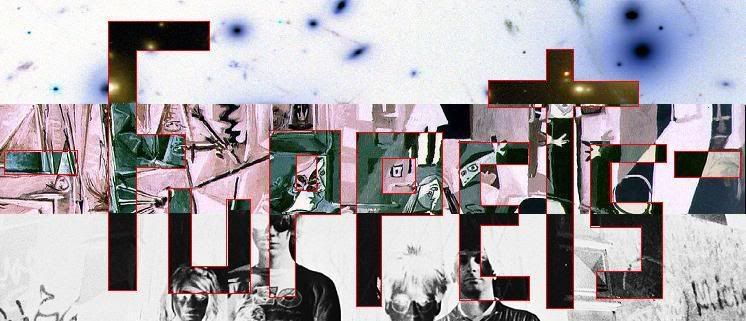Scientists, being extremely resourceful people, went on to make great advances using adult stem cells, but it was like working with plaster of paris instead of the finest marble. The results just would not be as productive. The myriad of ailments and problems that stem cells could treat are quite expansive, but massive research is needed, as always, to develop this amazing resource.
It is a good thing than that the current administration has lifted the ban on stem cell research, and propelled the US scientists back into a rush of research. One of the most exciting possibilities lies in actually growing replacement organs by having the stem cells develop into specific tissue, the only thing stem cells do. The main issue with this, at least at the beginning stages we are in now, was finding a suitable matrix upon which the stem cells would be able to grow.
. . . Scientists from Stanford and New York University Langone Medical Center describe how they were able to use a "scaffolding" material extracted from the groin area of mice on which stem cells from blood, fat, and bone marrow grew. This advance clears two major hurdles to bioengineered replacement organs, namely a matrix on which stem cells can form a three-dimensional organ and transplant rejection.
"The ability to provide stem cells with a scaffold to grow and differentiate into mature cells could revolutionize the field of organ transplantation," said Geoffrey Gurtner, M.D., Associate Professor of Surgery at Stanford University and a senior researcher involved in the work. - ( Science Daily )
Here is a link to the full story. In essence, they took tissue containing fat, blood
vessels and skin from a mouse, placed the stem cells upon this tissue, put the
whole thing in a bioreactor which provides nutrients and oxygen to keep it
alive, and then "seeded" the tissue with stem cells. Once this was done, the tissue was placed back into the mouse and continued to grow, WITHOUT REJECTION of any kind! If such a thing can be developed, and coaxed to grow whole organs, imagine the benefits to people who need new kidneys, livers, corneas, hearts, etc., but who will likely never get the transplants that match. This is a very exciting time in medicine. Hell yeah.

No comments:
Post a Comment